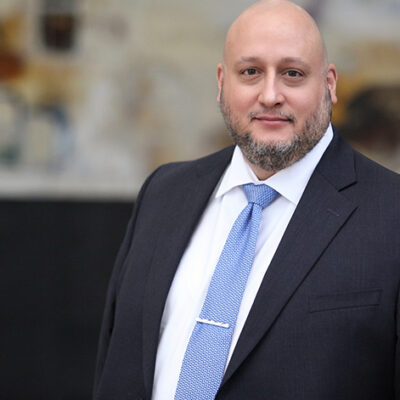Patentability Versus Freedom-To-Operate
May 10, 2021 • 3 min read
 If you do not know the difference between patentability and freedom-to-operate (FTO), you are not alone. Most often people mistakenly believe that a patent gives them the right to make, use, and sell an invention. Not so. A patent does not confer the right to do anything but sue others for patent infringement. This is perhaps the single most misunderstood feature of patents, and at the same time one of the most expensive mistakes an innovator can make. Fortunately, it is also avoidable.
If you do not know the difference between patentability and freedom-to-operate (FTO), you are not alone. Most often people mistakenly believe that a patent gives them the right to make, use, and sell an invention. Not so. A patent does not confer the right to do anything but sue others for patent infringement. This is perhaps the single most misunderstood feature of patents, and at the same time one of the most expensive mistakes an innovator can make. Fortunately, it is also avoidable.
In a nutshell, FTO basically works like this. Your competitor invents and patents “A”, and you invent “A+B”. In other words, you have added a component “B” to the pre-existing invention “A”. Let us assume that you can patent A+B because the combination is inventive over “A” alone. Even so, you cannot make, use, or sell A+B without licensing “A” from your competitor.
Since the combination of “A” and “B” is inventive you would be entitled to a patent, but your invention incorporates your competitor’s patented component “A”. He also has rights. That seems simple enough, but it is still very abstract. What is the real-world significance?
To put it in concrete terms, consider this surprisingly common scenario. You have invested time and money in developing and patenting a product, it is succeeding in the marketplace, and then … you get sued for patent infringement. You have a patent, but you got sued anyway. Would it not be better to know about that litigation risk earlier in this process? If you had known, you could have designed around the prior art and avoided the problem. That is freedom to operate.
Your freedom to operate needs to be assessed early in the conceptual stage and then reassessed as inventing continues throughout the product development process. Consider that every time you devise a creative solution to a technical problem it is possible that someone else already has a patent covering that very same solution. You should advise your counsel of your creative solution and have them conduct a supplemental FTO search.
Generally, the initial FTO threat assessment would be part of assessing patentability. At this stage counsel is principally discerning whether patent protection is available, but at the same time counsel is reviewing the prior art for potential FTO threats. Threats would be live patents in relevant jurisdictions. For US innovators the relevant jurisdictions are at least the United States, but may also include foreign jurisdictions if the product is to be made or sold in other countries, e.g. Canada, Mexico, the European Union, China, etc.
The objective is not to formulate a full-scale freedom to operate opinion; the objective is merely to spot threats, and then determine how best to address the threat. When a possible FTO threat is identified, counsel should determine whether the claims clearly do not read on your invention. If counsel cannot clearly rule out the reference as an FTO threat, then you must determine how best to address it. You have basically two options: (i) design around or (ii) conduct the necessary legal analysis to determine either non-infringement or invalidity of the FTO threat. The legal analyses can be quite costly, as the stakes are very high for both the innovator, and the patent owner. Frequently, when an FTO threat is identified during the product development stage, the better choice is to design around.
If you choose to design-around the FTO threat you should be advised by counsel of specific and unambiguous steps that your design team can take to be sure that product development proceeds in the whitespace.
At some point prior to product launch, the design must be frozen, and freedom to operate should be reviewed one last time. This ensures that any changes to the design since the last FTO assessment have been addressed. Changes that might not have been reported to counsel previously, would be captured here.
By systematically integrating freedom to operate into the product development workflow, patent counsel can work closely with innovators to avoid costly FTO mistakes before they become matters for litigation.
We work hard to keep our clients out of court, but we are ready to litigate when necessary.
